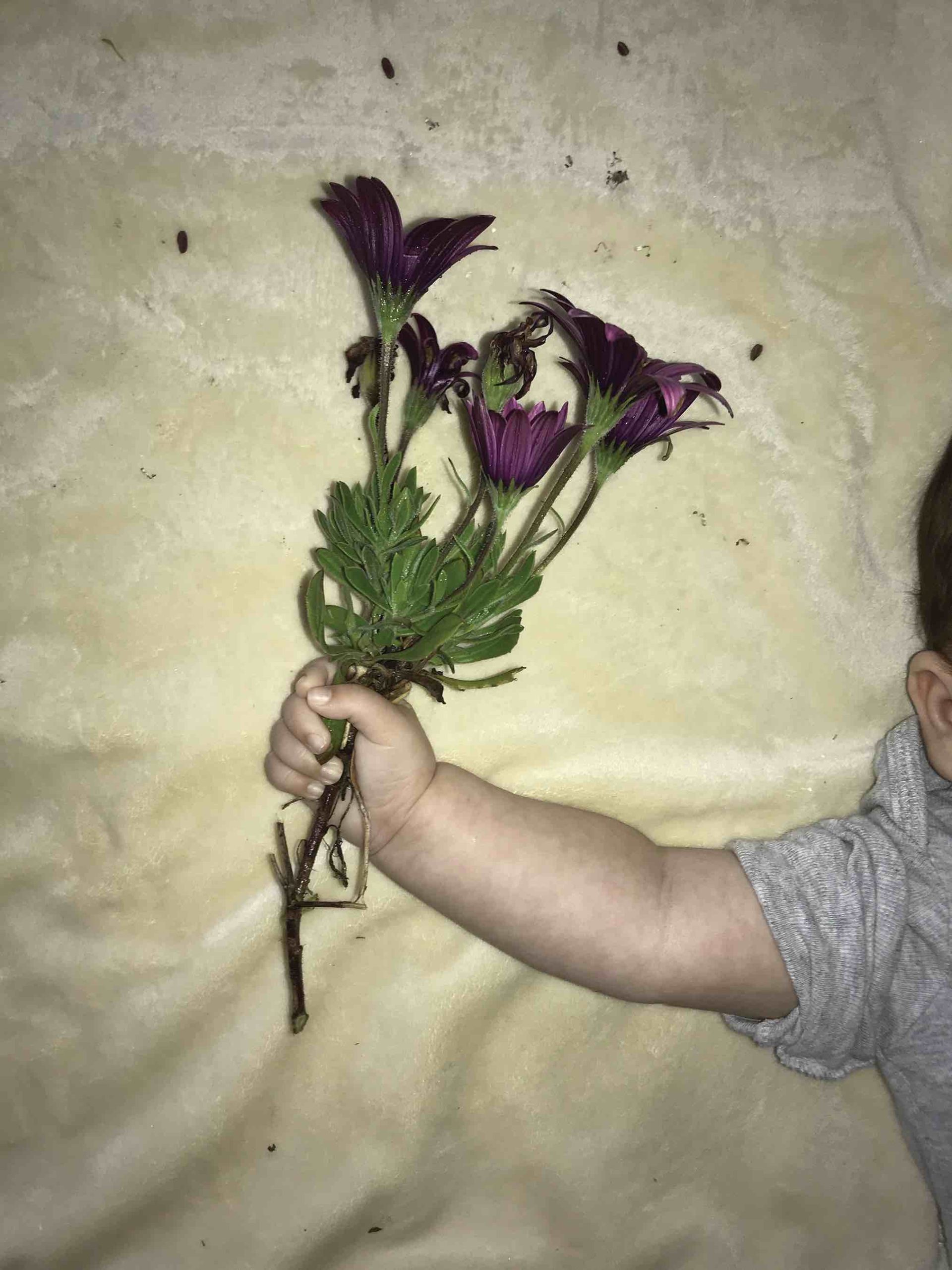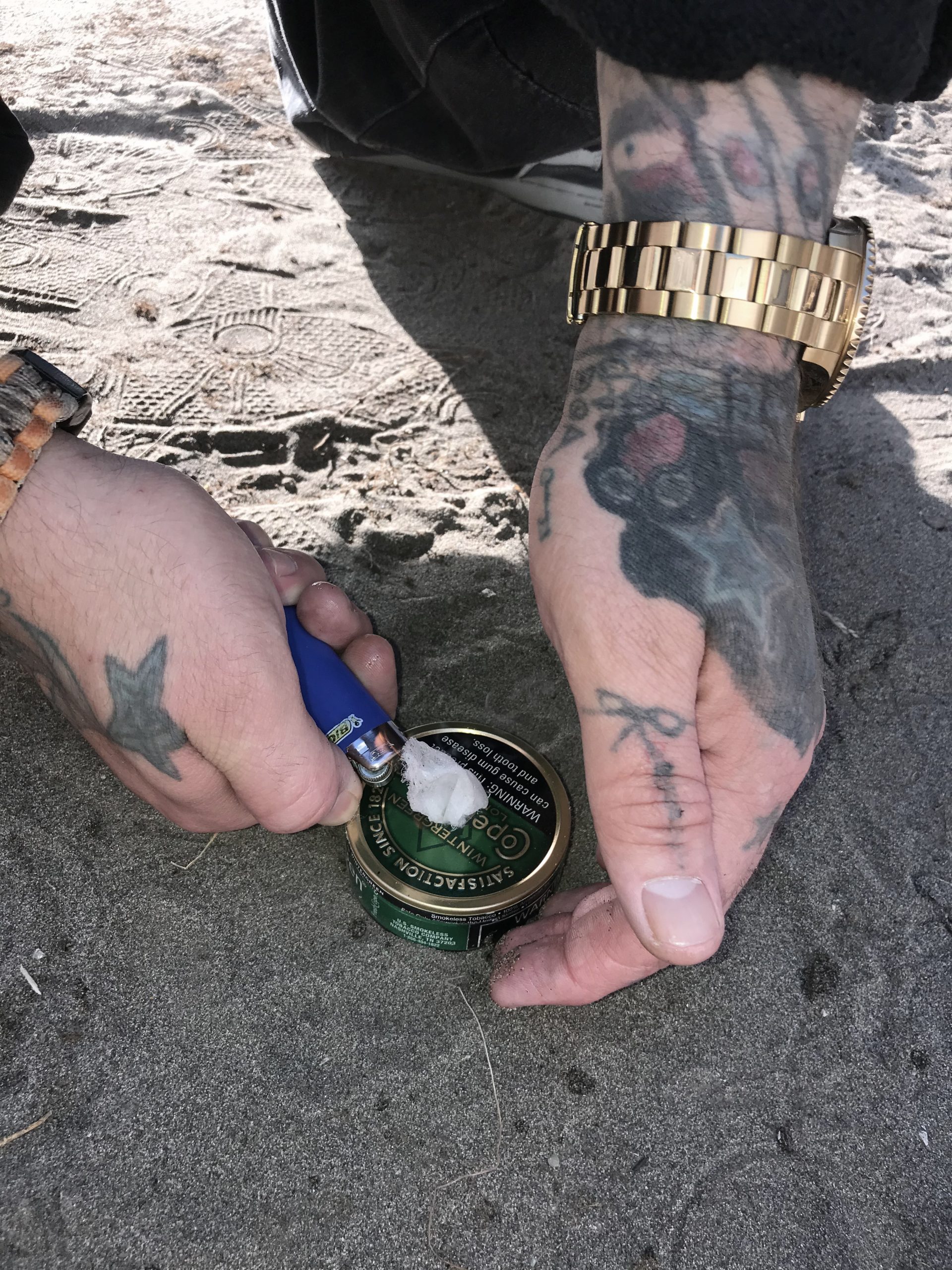Introduction
Who do we normally turn to in a crisis? Field Guide to a Crisis challenges us to rethink the voices that are elevated in times of crisis. With the COVID-19 pandemic, we all have been confronted by an existential threat and with questions of our own mortality. However, for those navigating the transition from substance use to sobriety, these are already familiar lines of questioning. Society traditionally turns away from people dealing with a substance abuse disorder, out of projected stigma. This field guide flips that narrative by activating the unique skills that individuals have developed in their recovery process.
Field Guide to a Crisis is an ongoing socially engaged project, created by Justin Maxon and co-conceptualized with Marina Lopez, that began in 2020 at the beginning of COVID-19. It functions as a teacher’s training tool by mentoring people residing in sober living homes in Eureka, CA to become “educators in resiliency.” Participants get the opportunity to identify and present their own life skills through lesson plans, instructional videos, and public presentations. The program aims to build confidence, self-esteem, and resilience in its participants by uplifting lived experience to the status of expert knowledge. Participants collaborate to create a field guide which serves as a new form of knowledge authority.
Justin Maxon is a visual storyteller, educator and socially engaged artist. He collaborates with communities that are connected to his own positionality and history, making design and ideation decisions with participants. His socially engaged work seeks to challenge free-market capitalism, by challenging authoritative systems of knowledge through repositioning members of society within the social hierarchy.
Eureka is Justin’s hometown, and since 2015, has become home again. His own story of substance abuse is embedded here, as is my recovery. His fortunate path led him to a committed mentor, Rosendo Medina, an Apache elder, who was a caseworker for people in transition. Rosendo eventually became his adopted father. He saw strengths in Justin that he was unable to recognize in myself, which helped him reconsider the value he held within my community. Rosendo passed away tragically in 2019, and Justin continued his legacy.
One of the ways we communicated was through letters. Here is a passage he wrote in 2003.
Justin, son. Sit and open your mind to your own inner wisdom. You’re making progress, right on schedule… A warrior’s life is not about imagined perfection or victory, it’s about love. Love
The recovery community faced a disruption in care during the pandemic. Typical support networks had been disrupted by social isolation. The project began as a method to maintain community and built into what you are seeing now. We went through several iterations and tested several approaches. Over 25 participants were engaged over the course of the project in some capacity. By the time the framework was set, many participants had left the project for a variety of reasons. Some left town, and others unfortunately relapsed and were removed from their sober living homes. We worked to keep them in the project regardless of their sobriety and a few ended up coming back. Some of the skills you see here have been fully developed following the step-by-step framework established, while others have not. By showing both versions, we want the project to be accessible, to show that contributing to it does not require a large investment of time. Everyone's skill, no matter how well developed, deserves to be uplifted. Throughout the skill pages, there are occasional organizers notes to further contextualize the participants' contribution.
The project begins with each participant being led through a series of exercises to identify their own accumulated skills. They then select the one skill they want included in the guide and create a simple set of instructions for how others can learn their skill, followed by a short statement about why it matters. We then collaboratively photograph them demonstrating their skill and turn those images into line-drawing illustrations which borrow the signifiers of a traditional field guide. The drawings are paired with the participant’s writing so that the guide offers readers both visual and written support for how to practice the skills. The drawings were completed by Justin Maxon, with a few by Matthew Contos.
Once participants have identified, named and visualized their skill, they create a lesson plan consisting of a series of assignments that begins the transition from student to teacher. The framework for lesson plan development was created by me and consists of three assignments that each participant is responsible for creating. The participants test the effectiveness of the curriculum by completing the assignments themselves. Then, in a workshop setting, they choose and explore each other’s lesson plans, with the skill-holder serving as mentor.

Angela next to her Crisis prompt
